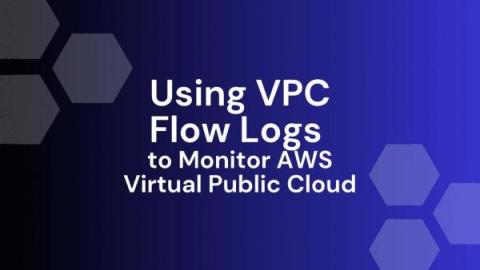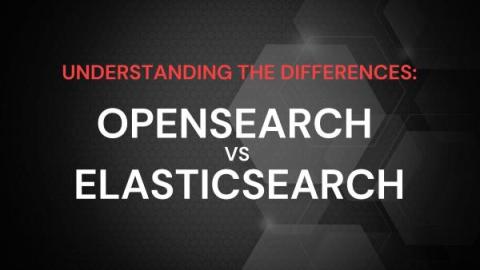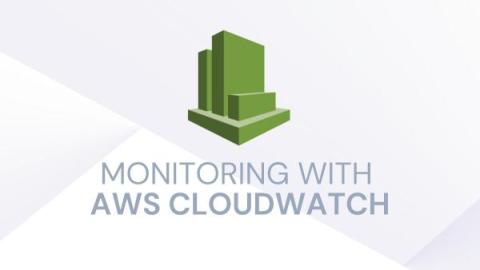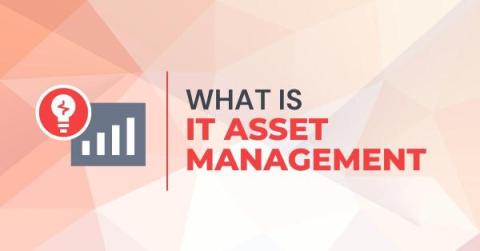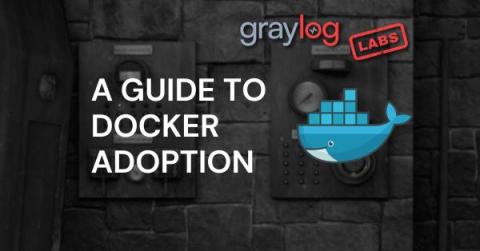Log Wrangling: Leveraging Logs to Optimize Your System
Today, we delve into the art and science of Log Wrangling. This process involves corralling, organizing, and deriving maximum benefits from your logs like handling unpredictable livestock. Why do we do this? Managing logs can be challenging, but we can transform them from a daunting task with the correct approach into a beneficial tool… Graylog.



